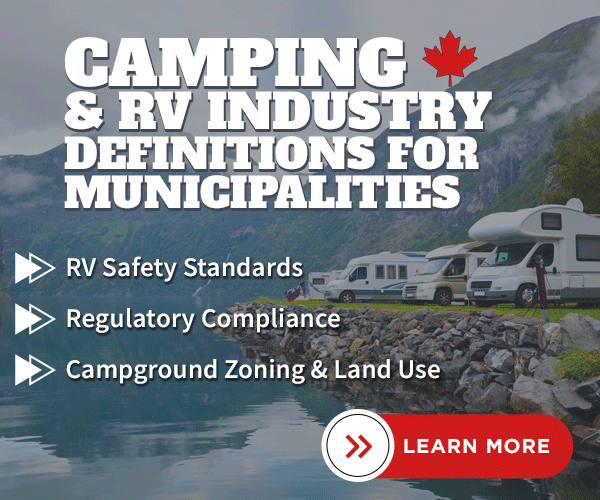In a newly-released MEI ranking based on the determinants of social mobility referring to one's ability to climb up the socio-economic ladder no Canadian province scored 60 per cent or higher.
"Social mobility is what makes the difference between having agency in moving up the income ladder, or being stuck in inherited poverty," says Justin Callais, associate researcher at the MEI, chief economist at the Archbridge Institute, and co-author of the report. "While some barriers are not directly linked to government policies, many are, and we hope governments will use this ranking as a guide on how to improve their score."
The researcher explains that barriers to social mobility can be divided into two categories, called natural and artificial barriers.
Natural barriers can be thought of as structural or inherited barriers. Examples include a lack of social capital or situations of childhood poverty. While governments can play a role in limiting or exacerbating them, that role is indirect.
Artificial barriers result directly from government policy and other government actions. Examples include occupational licensing, educational quality and school choice, and taxation.
The think tank points to a previous MEI publication on Quebec's certification system in the construction industry, where workers need to undergo months of training and get a government license for construction jobs, including 13 jobs such as painting and carpentry for which no other Canadian jurisdiction requires certification.
"With this system, the government is increasing the opportunity cost for would-be workers in trades such as painting and carpentry, for instance," explains Renaud Brossard, vice-president of Communications at the MEI. "This is, of course, just one example among many, from one single province. Every time governments reduce opportunities for workers in this way, it makes it harder for them to climb that extra rung on the income ladder."
Another example is the effect that high taxes can have in reducing capital accumulation. The researchers point to individuals' reduced ability to set up new firms, invest in their children's education, or see the full benefit of any training they might undergo.
By taking into account dozens of different metrics, such as occupational licensing, business regulation, tax rates, school quality, and income inequality, the researchers established a scoring mechanism measuring to what degree provinces encourage income mobility, with 0 being the lowest and 100 being the highest.
A penalty was also applied to provinces with strong imbalances across indicators.
Here is how the various Canadian provinces rank, as well as some key areas governments could focus on to remove artificial barriers and improve social mobility.
- Alberta (57.4 per cent): In terms of artificial barriers, Albera performs poorly with respect to occupational licensing and regulatory takings. If it achieved the maximum on those dimensions, its aggregate score would jump to more than 64 per cent.
- British Columbia: (52.7 per cent): In terms of artificial barriers, British Columbia performs badly with respect to housing and construction regulations. If it achieved the maximum on those dimensions, its aggregate score would jump ahead of Alberta's.
- Nova Scotia (50.0 per cent): Nova Scotia has the second largest penalty for imbalances across indicators. In terms of artificial barriers, the areas where it could use the most improvement relate to taxation.
- Manitoba (47.4 per cent): In terms of artificial barriers, the areas where Manitoba could use the most improvement relate to taxation.
- Ontario (46.9 per cent): In terms of artificial barriers, the areas where Ontario could use the most improvement relate to business regulation and housing and construction regulations. If it achieved the maximum on those dimensions, its aggregate score would jump ahead of Alberta's.
- Saskatchewan (46.9 per cent): In terms of artificial barriers, the areas where Saskatchewan could use the most improvement relate to taxation.
- Prince Edward Island (46.6 per cent): Prince Edward Island is the province with the largest penalty for imbalances across indicators. In terms of artificial barriers, the areas where it could use the most improvement relate to taxation and land-use regulations.
- New Brunswick (44.3 per cent): In terms of artificial barriers, the areas where New Brunswick could use the most improvement relate to taxation and housing and construction regulations.
- Newfoundland and Labrador (41.3 per cent): In terms of artificial barriers, the areas where Newfoundland and Labrador could use the most improvement relate to taxation and housing and construction regulations.
- Quebec (39.7 per cent): In terms of artificial barriers, the areas where Quebec could use the most improvement relate to housing and construction regulations and taxation.
"The fact that no Canadian province gets a grade of 60 per cent or higher is an indictment of the web of regulations that have cemented society in place and prevented so many from bettering their situation," adds Brossard. "Canadians rightly expect to see their hard work pay off. Government policy should not stand in the way of that."



















